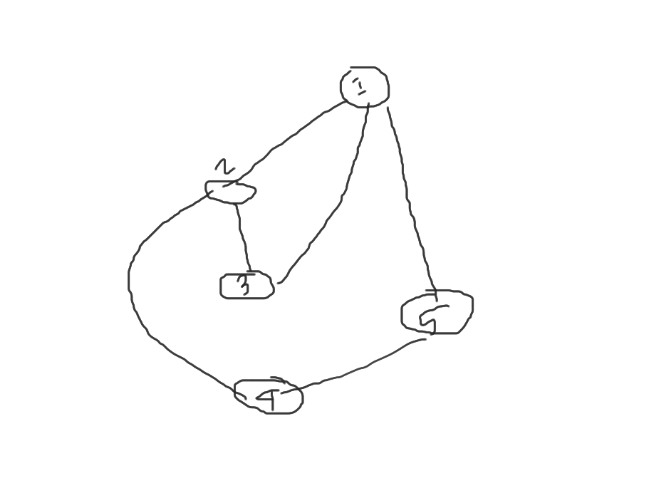→ Pay attention
Before contest
IAEPC Preliminary Contest (Codeforces Round 999, Div. 1 + Div. 2)
18:41:47
Register now »
IAEPC Preliminary Contest (Codeforces Round 999, Div. 1 + Div. 2)
18:41:47
Register now »
*has extra registration
→ Top rated
| # | User | Rating |
|---|---|---|
| 1 | jiangly | 3976 |
| 2 | tourist | 3815 |
| 3 | jqdai0815 | 3682 |
| 4 | ksun48 | 3614 |
| 5 | orzdevinwang | 3526 |
| 6 | ecnerwala | 3514 |
| 7 | Benq | 3482 |
| 8 | hos.lyric | 3382 |
| 9 | gamegame | 3374 |
| 10 | heuristica | 3357 |
→ Top contributors
| # | User | Contrib. |
|---|---|---|
| 1 | cry | 169 |
| 2 | -is-this-fft- | 165 |
| 3 | atcoder_official | 161 |
| 3 | Um_nik | 161 |
| 5 | djm03178 | 157 |
| 6 | Dominater069 | 156 |
| 7 | adamant | 154 |
| 8 | luogu_official | 152 |
| 9 | awoo | 151 |
| 10 | TheScrasse | 147 |
→ Find user
→ Recent actions
↑
↓
Codeforces (c) Copyright 2010-2025 Mike Mirzayanov
The only programming contests Web 2.0 platform
Server time: Jan/19/2025 22:53:14 (j1).
Desktop version, switch to mobile version.
Supported by
User lists


| Name |
|---|












Auto comment: topic has been updated by Parvej (previous revision, new revision, compare).
Just try to backtracking/bruteforces. Each vertices during the visit will be marked (not go to that vertice again), else unmark it. The complexity will be $$$O(n!)$$$ time
SPyofgame I think time complexity will be O ((N^2) * (N!)) as for each path there will be N^2 computation right? Correct me if I am wrong. Thanks in advance.
I dont think we need $$$O(n^2)$$$ for each $$$O(n!)$$$ path since you can try to implement directly or something similar.
By the way, $$$O(n^2)$$$ is also considerably small compared to $$$O(n!)$$$. So unless the time limit is small, you can try to improve the complexity by changing implementation or even a bit of heuristic — which can provide better complexity and constant.